The province of Quebec is located on the east coast of Canada as one of the largest in the country. French, as the official language, governs the picturesque setting of the historical scene.
The province of Quebec was named after the capital, the city of Quebec. The name Quebec means "straight, narrow" in the Mi'kmaq language, the ancient language of the Indians of Canada. More than one million lakes and rivers spread along the natural treasure of the province of Quebec. Its delicate charm belongs to the wonderful nature, multiculturalism and the French spirit.
The colorful palette of art, literature and food created the culture where thousands of tastes and customs live. The Western world has shaped this multicultural lifestyle over the last hundred years.
The History of Quebec
The history of Quebec begins in 1608. when the French explorer Samuel de Champlain established New France. Before this official beginning, Jacques Cartier tried to establish the French colony near the Indian village of Stadacona. Jacques Cartier was the first European to visit Canadian territory 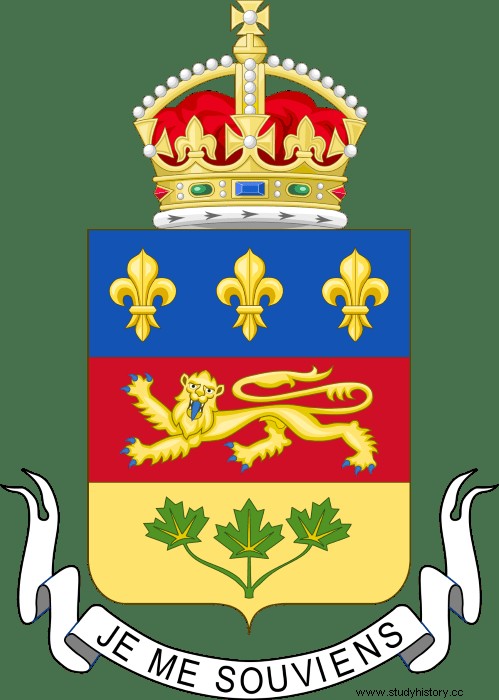
Quebec could not maintain its independence on the long paths that fell under British rule in 1629, during the Anglo-French War. France took back the territory as early as 1632 by the Treaty of Saint-Germain-en-Laye.
The final British success in conquering the Quebec area took place at the famous Battle of Quebec on the Abraham Plains in 1759. After the spectacular Seven Years' War, the Treaty of Paris took a powerful decision in 1763. Britain gained French territory in North America.
British North America and Quebec's further independence
The Battle of Quebec in 1775 was an attempt at American power in the British territory of Quebec. This sparked the new life of the French Canadiens, and retained their language, cultural and religious significance. The Quebec Act of 1774 framed these rights. Quebec City became a center of French culture. Quebec law also meant the safe place for Canadiens under the British Crown.
The further development of the province of Quebec resulted in the organization of two provinces:Upper Canada (now the province of Ontario) and Lower Canada (now the province of Quebec). It was a result of the Constitution of 1791. It was also the time when loyalists from the United States migrated to Quebec and other areas. Loyalists represented a third of the population of the American colonies.
Montreal became a leading economic city and Quebec just a port city.
Folklore in Quebec
The rich tradition of folklore in Quebec includes a wide range of ancient legends and tales. Superstitions related to events, dreams and objects are an integral part of this puzzle.
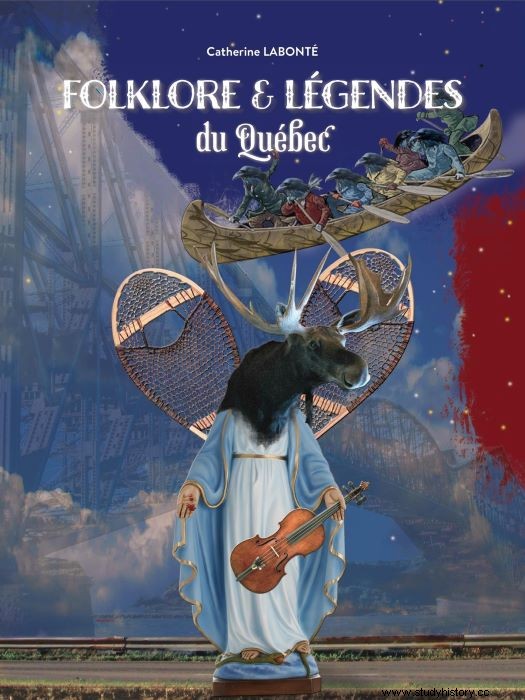
European colonists brought their own legends. One of the most popular stories is about a flying canoe with dozens of versions. It is about a group of lumberjacks who made a covenant with the devil. Most of the stories are interwoven with the devil characters.
Roch Carrier and Joseph Jean Jacques Ferron adapted the traditional stories of modern novels. Marius Barbeau is recognized for preserving many Quebec legends at the Canadian Museum of Civilization in Ottawa.
The Association Quebecoise des Loisirs Folklorique makes occasional publications of Quebec's folklore heritage.
French architecture in Quebec City
Built in the French style, Quebec City is one of the oldest in North America. The old city was listed as a UNESCO World Heritage Site in 1985. It is the only city north of Mexico characterized by fortifications.
The city, which dominates the city of Frontenac, dates back to 1893. This hotel is lit at night and spells the magic of fairy tales. The Scottish baronial elements intertwine with the metal roofs of the Nouvelle France.
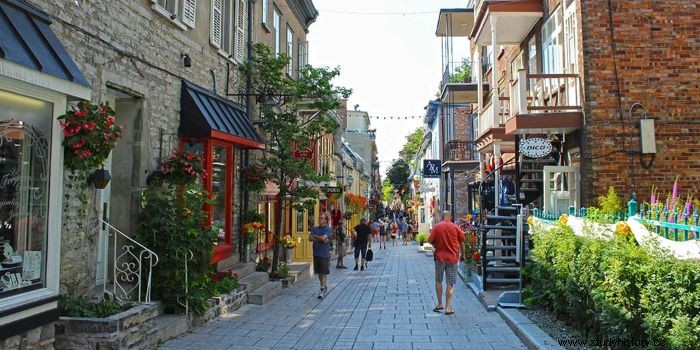
The most charming street in the city, Rue de Petit Champlain, resides in Normandy architecture. It exudes the oldest architectural character of North America. This pedestrian street has special rules for buildings due to a fire that occurred in 1682.
The heart of Quebec City is located on the Place Royal, where Samuel de Champlain founded Quebec in 1608. The Notre-Dame Basilica shines exquisitely with Parisian charm that was destroyed twice by fire.
The City Walls of Quebec
Defensive purposes led the French in the 17th and 18th centuries to build the magnificent walls and gates around Quebec's Old Town. Its significance as a UNESCO World Heritage Site tells of its historical value.
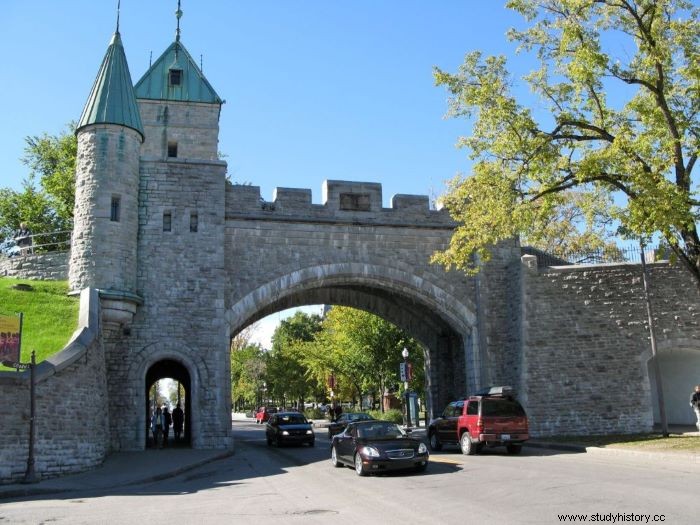
Fantastic views cover 4-6 km along the walls of the old town. The stunning panorama of Quebec stretches from this important site. Four beautiful stone gates express the charming composition.
La Citadelle shines in the beauty of the fort, and once served as a British residence. Framed by the stars, the Citadelle spreads its medieval feel.
French-style country homes
Very close to Old Quebec awaits the countryside full of French charm - it is Île d'Orléans. Situated in the Saint Lawrence River, this island is one of the oldest colonized sites. In the 6 villages live about 7000 inhabitants.
The entrance to the relaxing adventure is from the Île d'Orléans bridge. A similar idyllic place in France is found on the island called Île de Ré. The most impressive place on the island is the vantage point over Montmorency Falls.
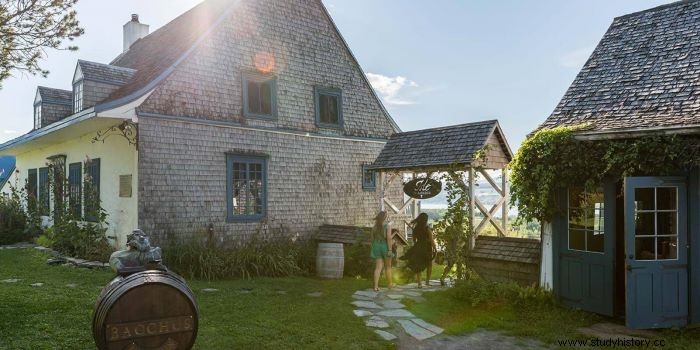
The island is a treasure for local artists with great village shops. In the summer, the election is quite lively.
Île d'Orléans is teeming with strawberry fields, lush vineyards and lavender fields at the Seigneurie de l 'Île d'Orléans. Local cheeses are the special delicacy.
La Maison Drouin is one of the first homes here where you can learn and absorb history.
Montreal - The largest city in the province of QuebecMontreal was named Mount Real, located in the heart of the city. The second largest city in Canada developed from the fortress named Ville Marie which dates back to 1642.
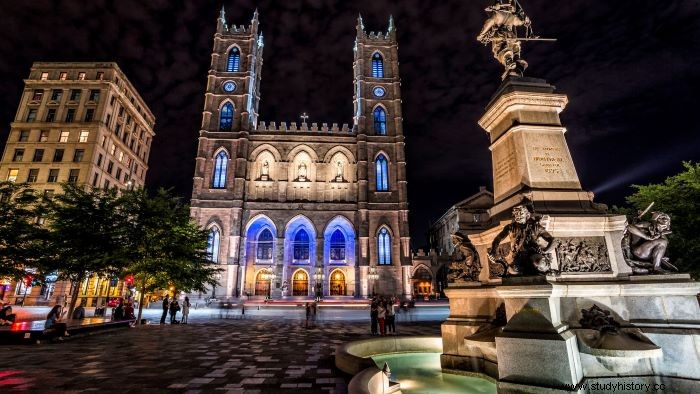
The fur trade has developed Montreal's economy since the first days. Today, the economy provides highlights for, among other things, space travel, electronic goods, medicines and textiles.
Montreal spreads the palette of churches, 450 of which belonged to the early 19th century, even before. The Notre-Dame Basilica in the central square of Montreal Place d'Armes welcomes the Gothic interior.
The cultural scene in Montreal is at the crossroads of French and English traditions. More than 100 annual festivals illuminate Montreal's rich cultural face. The Montreal International Jazz Festival is the largest jazz festival in the world, with the title as such in Guinness World Records.
Old Montreal
The cobbled streets of Old Montreal absorb the rich history of the French style. Easy hiking makes exploration the most satisfying.
Old Port is a river area that enjoys the tranquil splendor. Many attractions include the Montreal Science Center, a Big Ben-style bell tower, a giant Ferris wheel and an IMAX cinema.
Many monuments glorify the founders of Quebec, including the street names. The vibrant streets of Old Montreal delight with great shops, restaurants and bars. The special role belongs to Rue Saint-Paul, which is the oldest street since 1672. The name itself honors the city's founder, Paul de Chomedey. Many hotels capture the beauty of this beautiful street, among which Hotel Nelligan offers popular eateries.
Bonsecours Market was once a town hall, and now an elegant building is a public market.
French language in Quebec
French is the official language of the province of Quebec. The colorful panorama of the French language in Quebec includes Quebec French, Acadian French and other shades. The majority of Canadians speak Québécois French which means around 85%.
The older forms of French characterize the Québécois version with many English expressions. The Acadian French contains many old-fashioned expressions from western France. It is mostly spoken in New Brunswick by around 350,000 people.
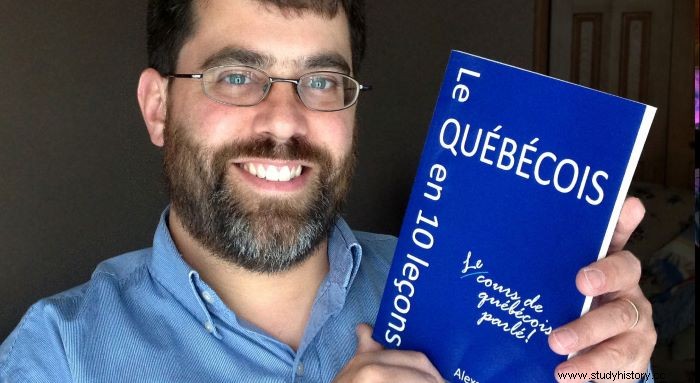
Canadian French differs from standard French in pronunciation and vocabulary. This includes some archaic expressions such as mais que (but with the meaning "as soon as possible") or à cause que (because of that).
Canadian French uses not only English but some Aboriginal words.
Grammatical differences cover the shorter prepositions, subject and object pronouns and the like. Different terminologies flow into the various fields such as law, education or healthcare.
Slang and English words represent the biggest difficulties.
How important is the French language in Quebec?
As the only official language in the province of Quebec, French touches on the core aspects of life. This covers business, education, trade and daily life. Moving to Canada requires knowledge of the French, including immigration programs.
The cultural identity of Quebec resides in the French language. It's a special "joie de vivre" belonging to Canadians who gently embrace hundreds of years of history.
The French language occupied the throne as the official language of Quebec from 1974. Maintaining the French language in the public sphere means understanding Quebec's cultural identity.
Francophone Festivals in Quebec
The New France Festival is a top cultural festival in Canada, bringing a vivid memory of the early period in colonized France. It has been held every year in August since 1997 in Quebec City. With parade and costumes, the festival celebrates the cheerful atmosphere. Many concerts fill the air and bring entertainment to life.
The costumes define the historical characters, and take us back in time. Visitors get the chance to dress up in colonial costumes that they can buy here.
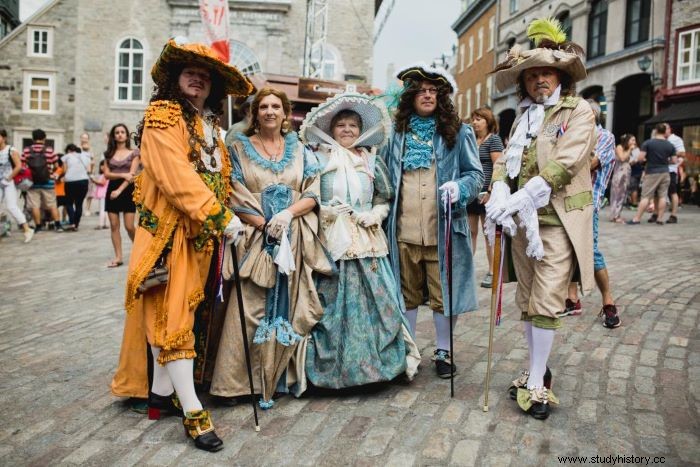
FrancoFolies de Montréal is the largest event celebrating French-language music in the world. Since 1989, these free outdoor events have gathered more than 1,000 artists over 250 shows over 10 days in mid-June.
In the colorful palette of music genres, this festival is a true delicacy for Francophone lovers. The festival is modeled on the Rochelle Festival. Only 15 performances improved the first edition.
Culinary traditions in Quebec
Traditional Quebec cuisine draws its roots from 16th-century French cuisine. The artistic note of cooking intertwines Quebec society. The local products enrich the culinary delicacies thanks to the fairly developed agricultural industry.
Maple syrup, cheese and beer are some of the most famous Quebec products. Saint-Piere cheese is one of the oldest popular products in the Ile d'Orleans. Maple syrup is an excellent addition to pancakes or sucred bread. The unique dishes of Quebec include poutine, tourtière, baked beans, pate chinois, pea soup.
Poutine, as the most famous dish, combines french fries and curd with meat sauce. Tourtière is a traditional meat pie that involves different versions. It's usually a breakfast meal in Quebec.
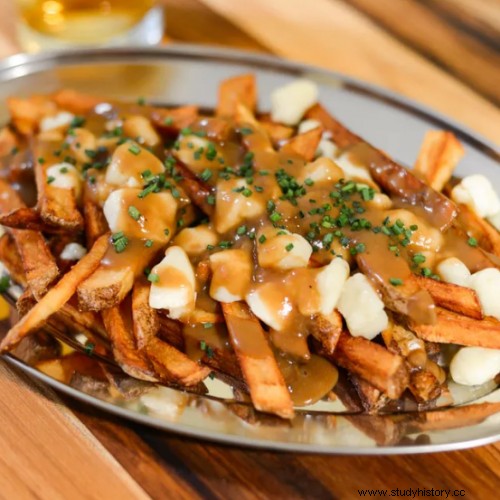
Some of the most famous desserts include pouding chômeur, grand-pères or pet de soeur. These maple syrup delicacies are a Canadian cultural sign.
The Sovereignty of Quebec
The debate over the independence of the province of Quebec has posed a living question for ages. Creating a sovereign nation fell in the referendums of 1980 and 1995. Nevertheless, the debate continues.
Preserving the Quebecois culture and distancing itself from English as the main language is in the taste of Quebec sovereignty. Reasons for sovereignty support the economic values that will aggravate the situation in Canada and Quebec. Quebec's aerospace and export industry is among the leaders in the country.
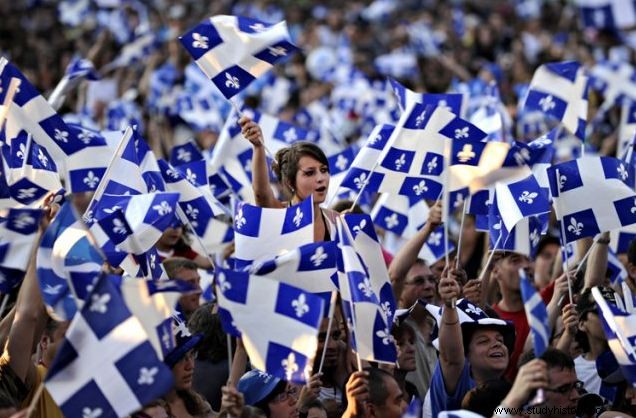
The separation would lead to a dubious existence of the far eastern provinces such as Newfoundland, Prince Edward Island, Nova Scotia and New Brunswick.
The fascinating charm of Quebec, where diversity reigns, attracts the majority of tourists to Canada. This stands as the common advantage of unity. Quebec deviates from the spirit of North America, that's what makes it so charming.
Conclusion - The French heritage in the province of Quebec
The French charm defines Quebec just as the mountainous beauty speaks of Austria. The French notes are more deeply involved in the history of Quebec than usual thought.
The mix of French and British architecture spreads along the province of Quebec just like the jewels of the chain. The French spirit advises and leads the history of historical preservation.
Although Canada was born as a colonized country, Canada absorbed its own French authenticity. Canada lives in a spirit of joy that identifies France, but has the local charm.
The debate over identity crosses the line between serene beauty, Canada evolves as a unique entity.
The archaic style of the French language invites you to capture antiquity. In a minute you can be transported to France in the Middle Ages through many festivals. It is the way to express the beauty of francophone in all its essence.
